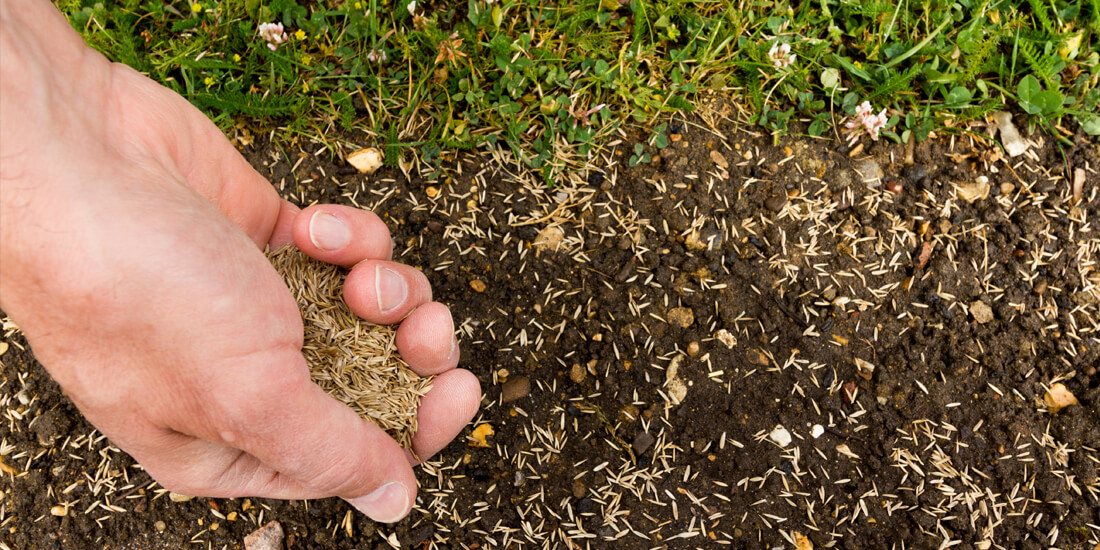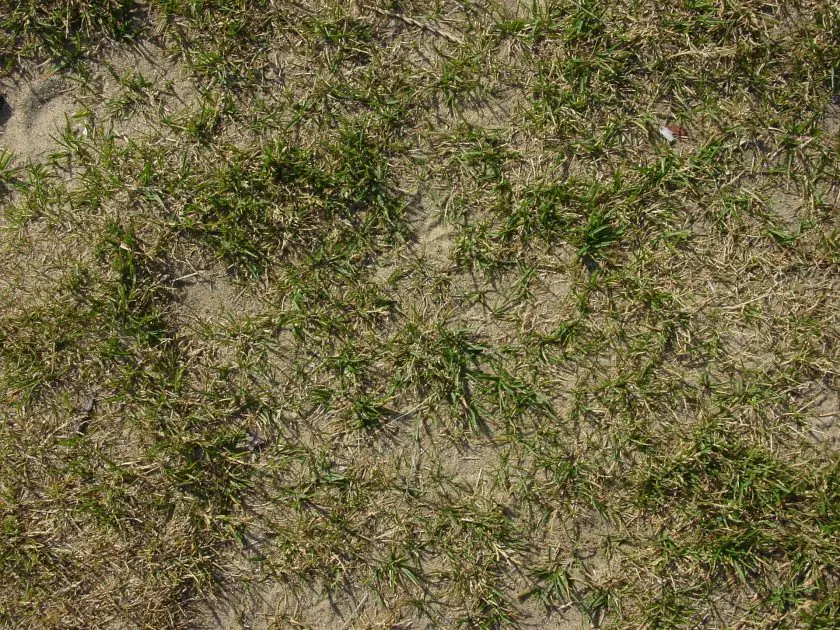Reasons why your grass seed isn’t growing this summer

Sometimes we forget that grass seed is a living thing, and it needs the right conditions to grow successfully – air, heat, light and water.
When growing conditions aren’t perfect, grass seed will fail to germinate. So, what could be preventing your grass seed from growing in summer, especially since peak temperatures are more common between spring and autumn? There are three common reasons why this might be happening, and it all comes down to air, light and water!
Main reasons why your grass seed is not growing...
Lack of Water
Most lawns can suffer from drought during the summer months. And although hot UK weather is very welcome, it leaves your garden grass dry and yellowed. It also encourages weeds and moss to sprout while we relax and catch a few rays! Unfortunately, this leaves some lawns badly damaged. Even though they have been overseeded – your lawn is still too dry from last year. In addition, a dry winter doesn't help things one bit!

What should you do if your lawn is always dry?
In dry weather conditions, we recommend that our customers double up on their watering (water your lawn twice a day in the heat of summer). This is to help combat the unusual levels of heat and sunshine.
A quick test to see if your soil is moist enough for germination is to drive a screwdriver into the soil. If it can reach up to 6/7 inches deep, you’re in luck – if it can’t, it needs a lot more water.
Not Enough Air
If your lawn is suffering from dry soil, there’s a good chance it is also suffering from compaction. This happens when the soil is not getting enough water and is also receiving heavy traffic (lots of people walking on it). This causes the soil to become hard and dry, and it is essentially suffocating. Seeds require oxygen to germinate – this respiration breaks down the food stored within the seed. This stored oxygen then provides the seed with the energy it needs to shoot up.
If you have compacted soil, breaking it up before sowing is important. Ideally, your seedbed should be level and worked over to a fine tilth. Your seed will flourish best when sown into nice and crumbly soil with no lumps or bumps. If your soil is very compacted, aerating your soil before sowing will give your seedlings more airflow and better conditions for growth.

Your Grass Needs Light to Grow
Grass seed won’t germinate and grow if it's buried too deep or if it's sitting unprotected on the surface. While seeds need sunlight to germinate, they also need the air, heat, and moisture provided by the soil. In summary, your seed won’t benefit from all the things it needs to germinate if it's sitting on top of the soil.
When sowing new grass seed, you should rake the seed in so that it is around three £1 coins (stacked) beneath the surface. This depth gives it adequate space to receive light and grow whilst also protecting it from the elements and birds! Your seed won’t be able to get air, light and water if it's buried too deep!
So, why is my grass seed not growing?
You will experience issues with germination if you aren’t watering your seed enough and if it's sitting on top of hard, dry soil or buried too deep beneath it. We have lots of guides on how to sow new grass seed and overseed your lawn, as well as information on how to repair a drought-damaged lawn.